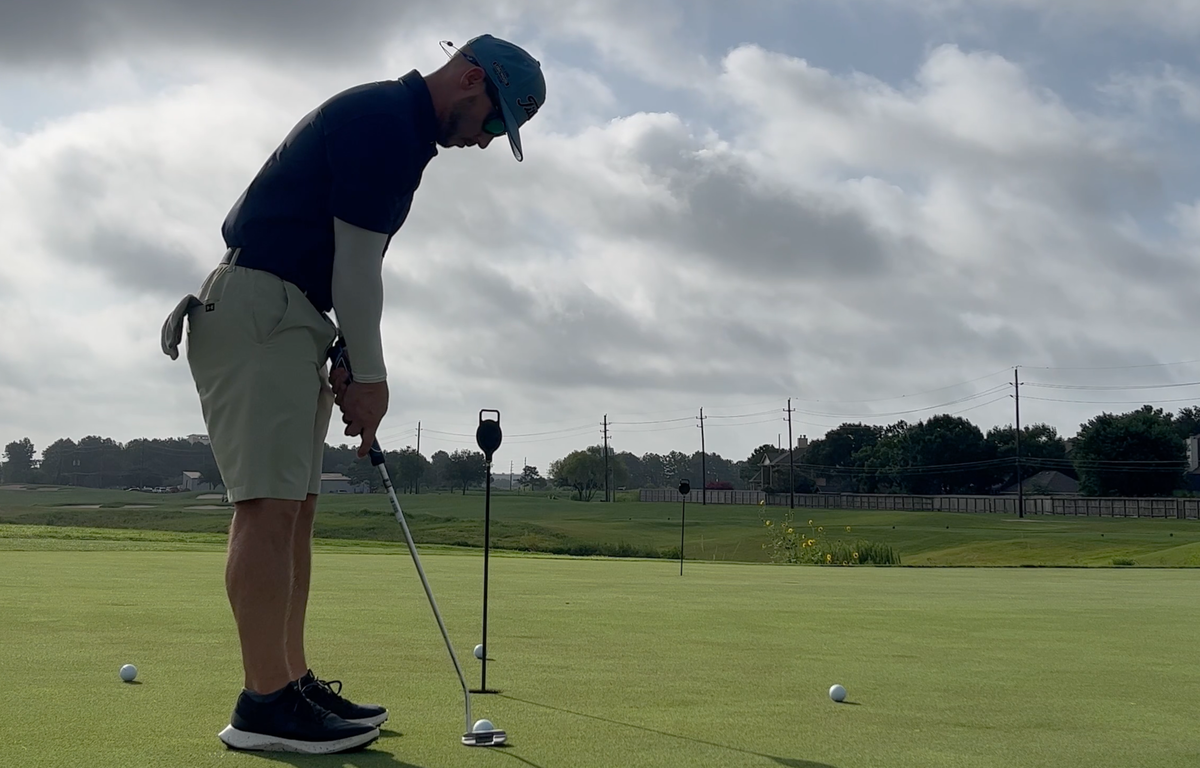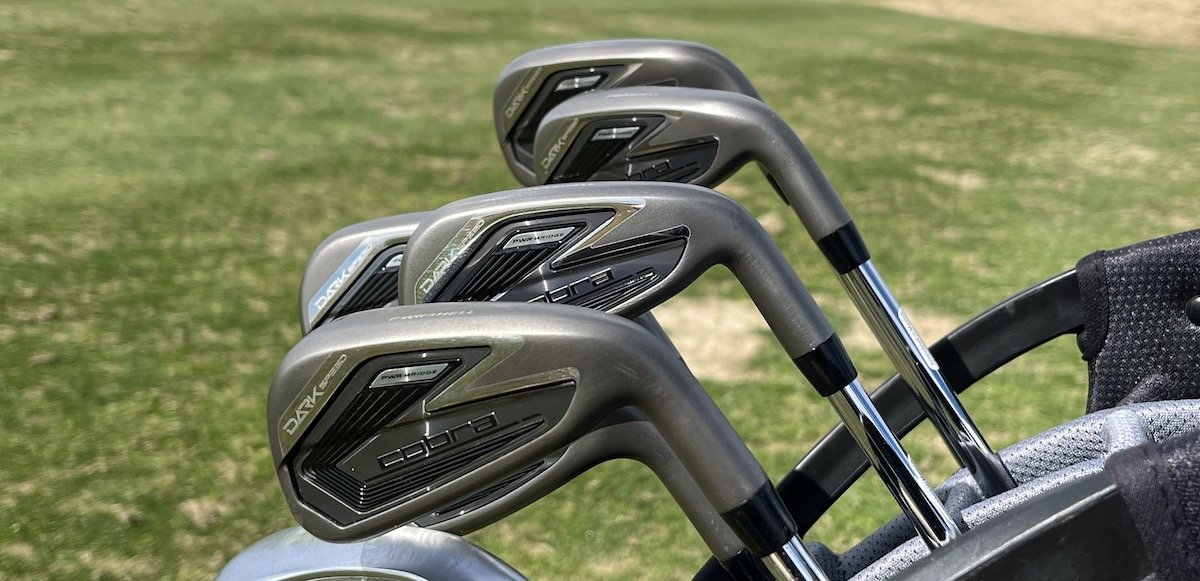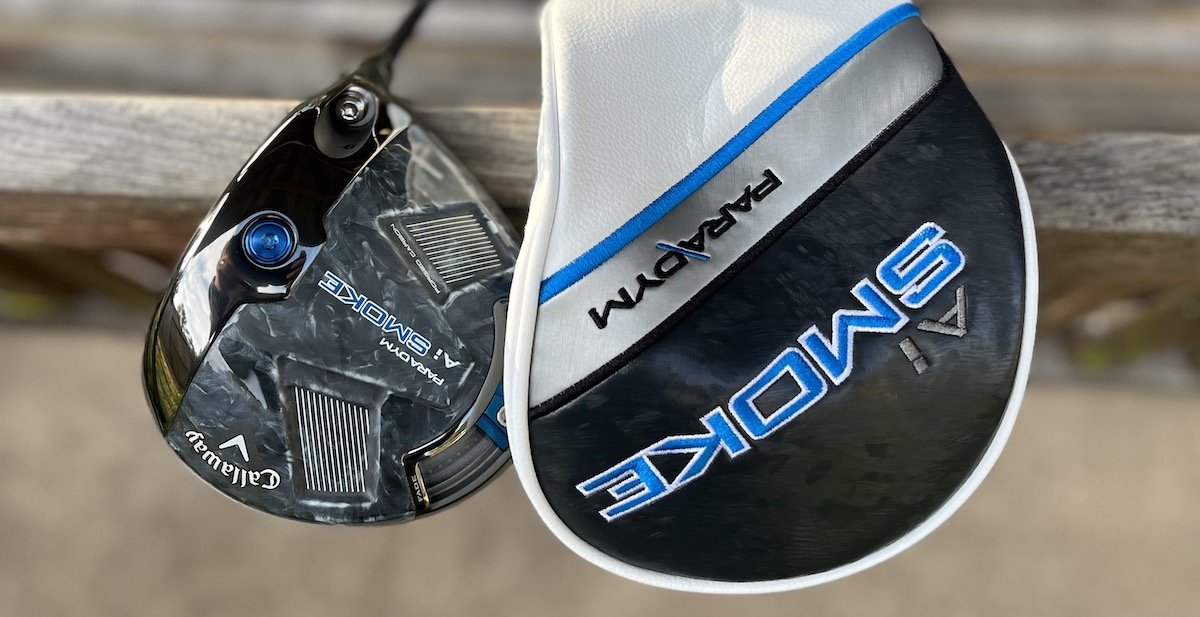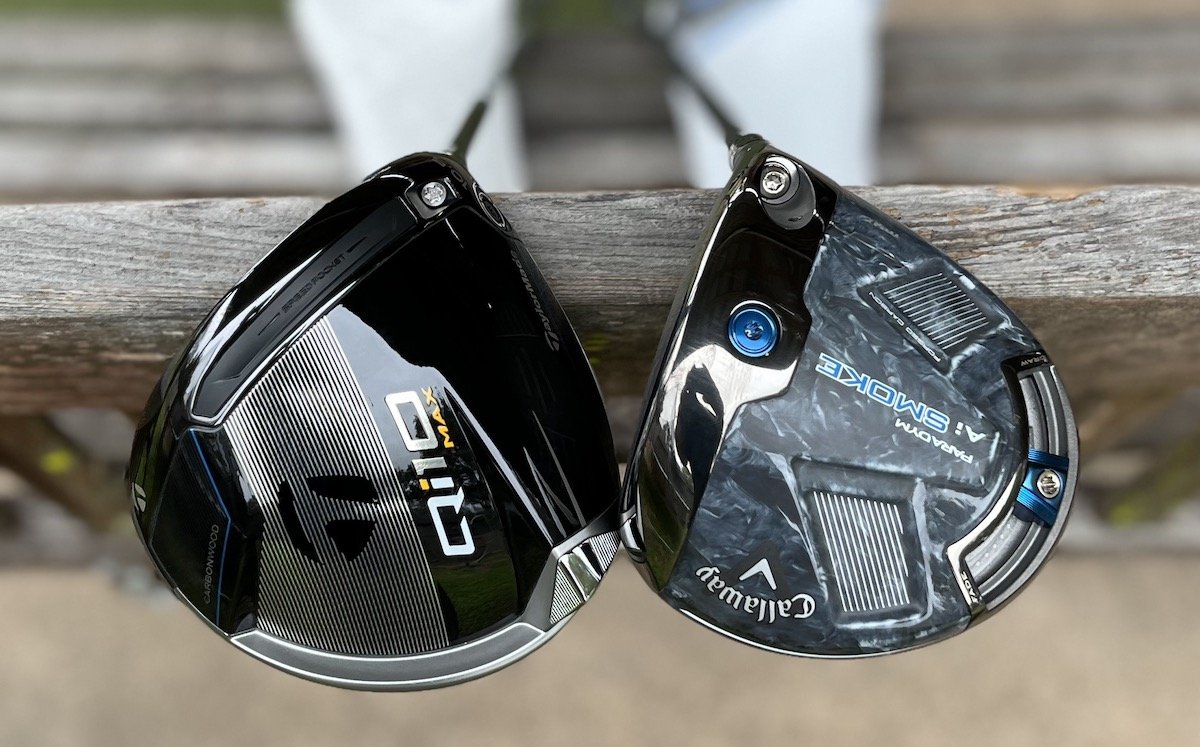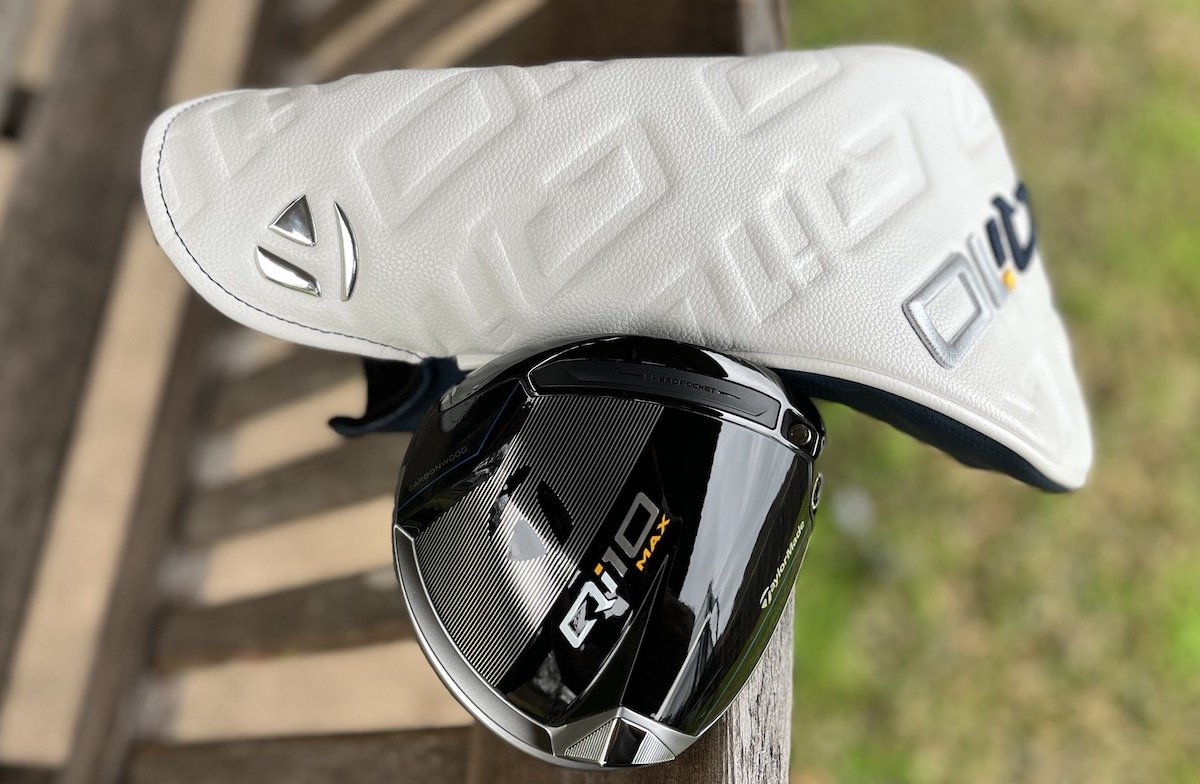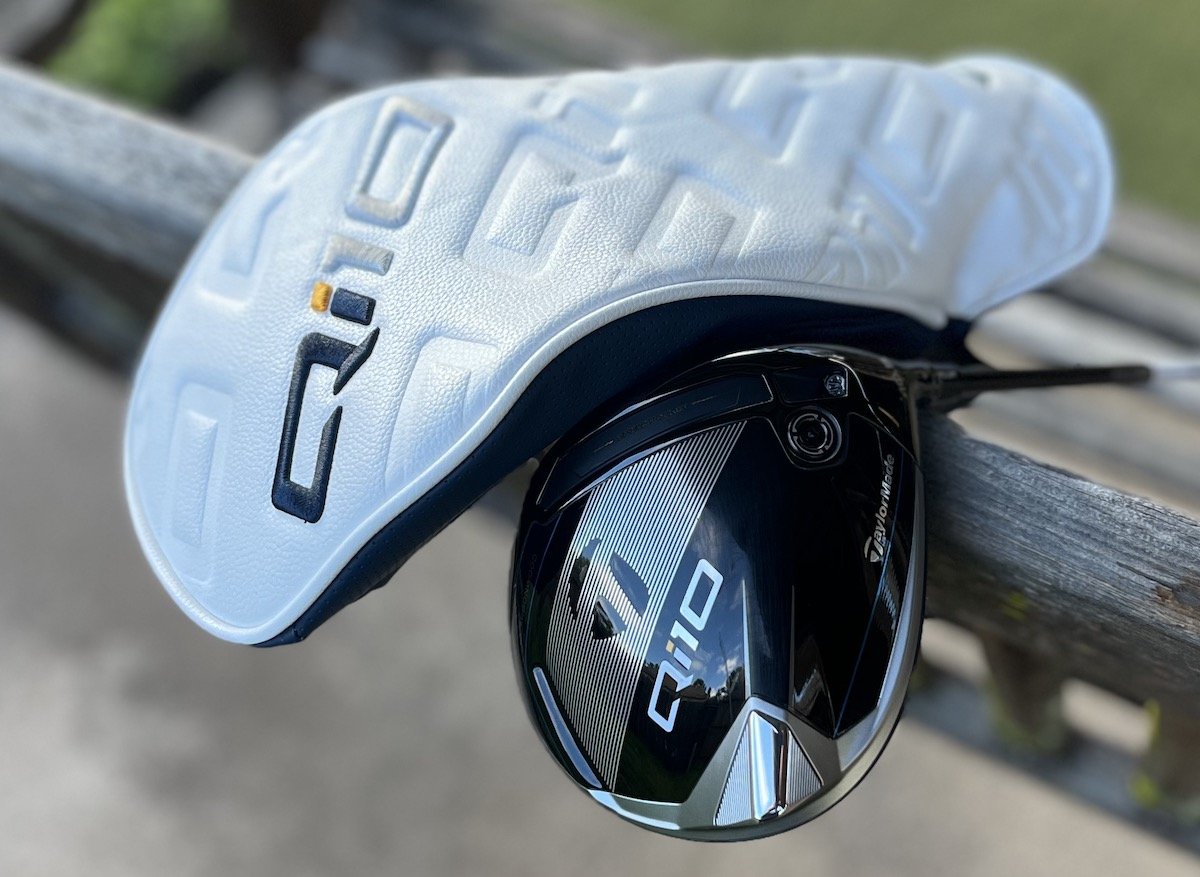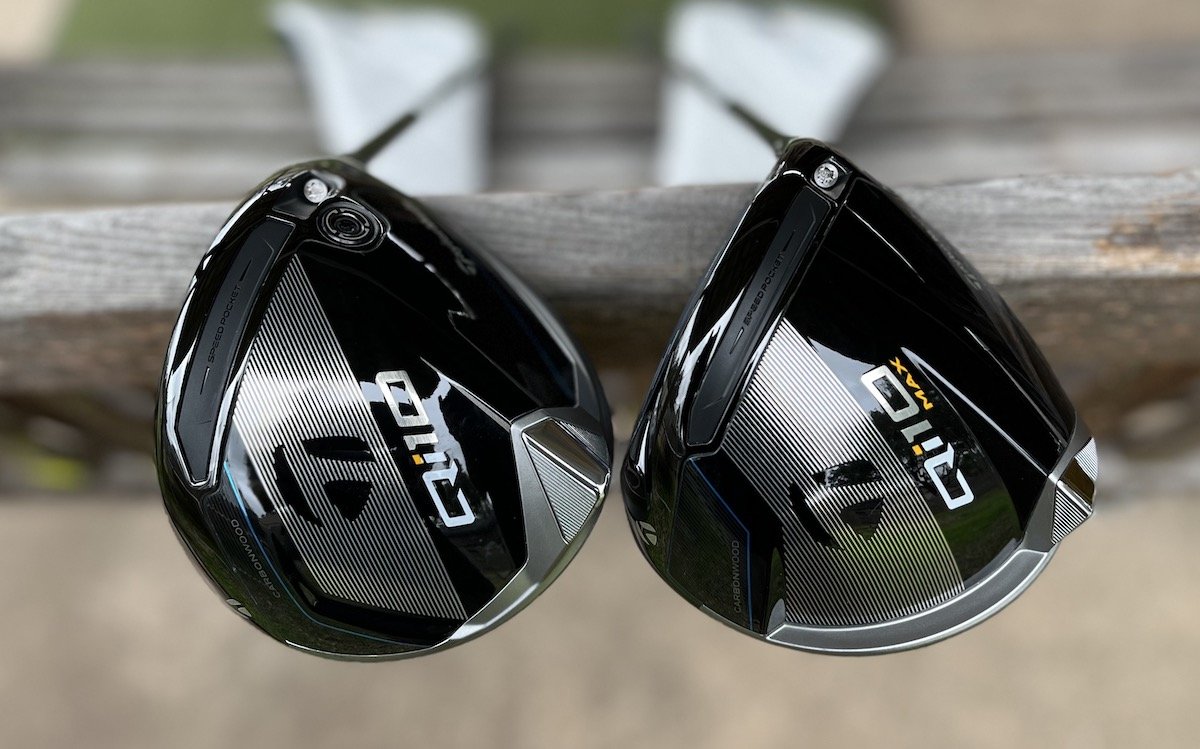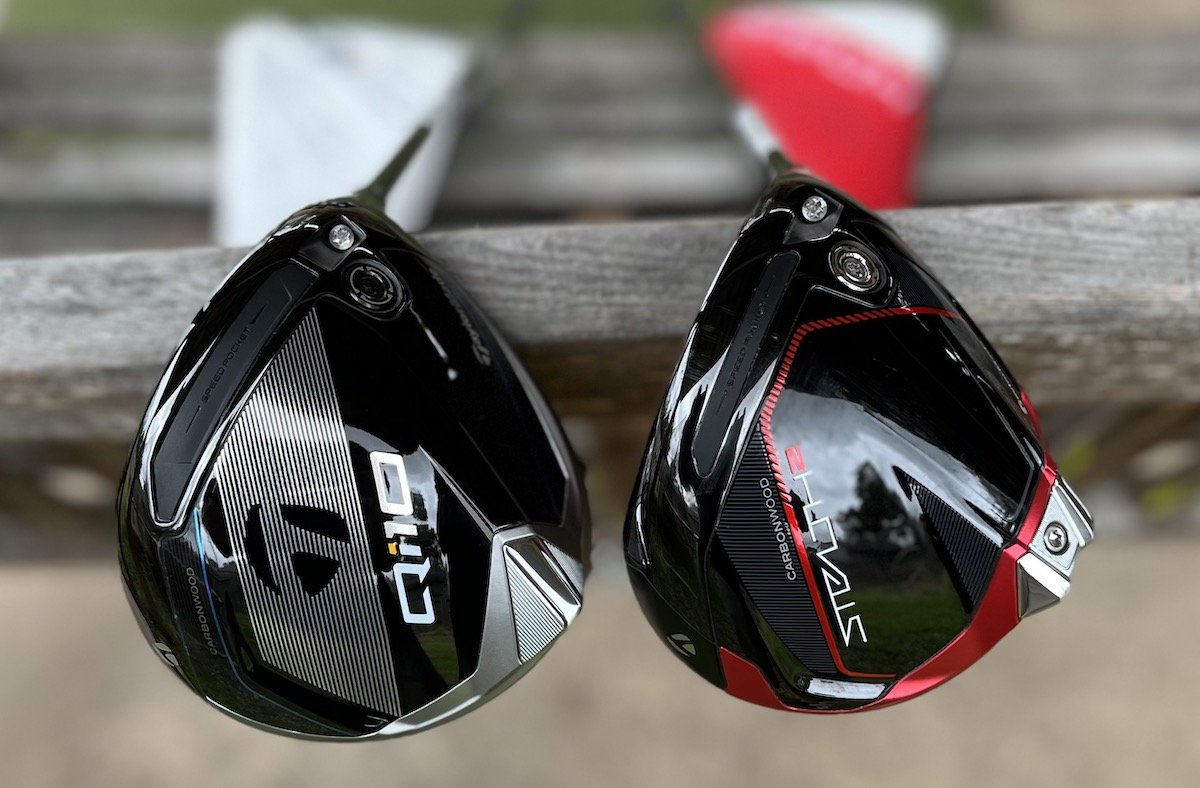It isn’t hard to figure out how to grip a putter correctly…so you may as well get it right.
The number One job of your putting grip is to allow you to comfortably and repeatably
deliver the face of your putter squarely into the back of the ball to send it on your intended line…The End.
So, Is there “ONE” right way to hold your putter?
No, not really. But there are some basics you want to stick to or at least be aware of depending on which style you choose.
- Are you a conventional putter with right hand low (right-hand low isn’t a term you will see or hear much)
- A left hand low or cross handed putter (popularized by Jordan Spieth)
- Do you use a long putter?
We are going to focus on the two most popular putting grips for the purposes of this article
- The reverser overlap: It’s how I, and likely 99% of golfers, hold the putter.
- Left-hand low or cross-handed: The new kid on the block.
How to hold your putter grip: Putter Grip Styles
The Reverse Overlap Putting Grip (Tiger Woods, Jack Nicklaus)
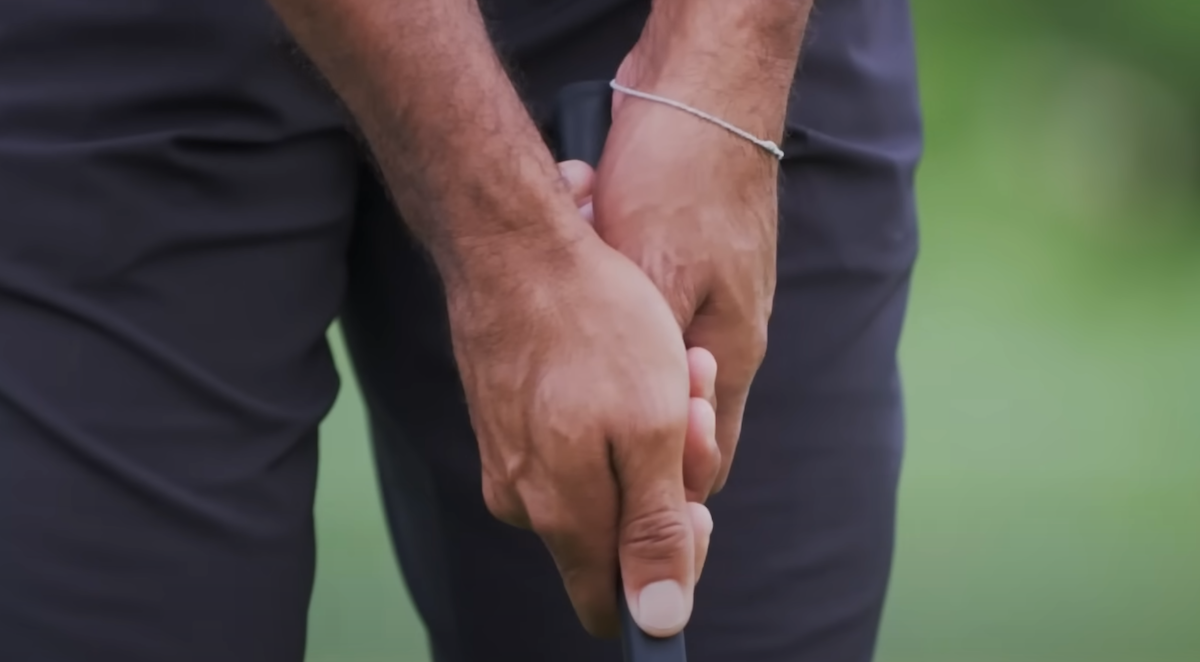
It’s Advantages
- It limits rolling over of your hands during the stroke
- You are likely already using this grip
- We are already accustomed to having our dominant hand low from other sports (baseball, hockey, cricket, etc.)
- All your golfing role models use it so it’s easy for you to mimic (this one’s a little sketchy)
The most popular putting grip style…by far is the reverse overlap. There are minor variations golfers apply to this basic style, but the foundations remain the same.
It is used by the best of the best on the PGA Tour: Tiger Woods, Rory McIlroy, Dustin Johnson, etc.
I won’t be covering the claw grip or pencil grip because I see these as band-aids or temporary fixes for putting woes. (Feel free to disagree) I also think they are ugly.
Doing it properly is rather easy. This is your full-swing grip with a couple of variations. We are getting the grip out of the fingers and into the palms so we can return the putter face to the ball squarely with consistency.
I’m telling this from the perspective of a right handed golfer. Just reverse the hands if you are left-handed.
Left hand
- Place your left hand on the putter grip towards the butt end so it sits in the crease of the heel of your hand and runs just under the first knuckle of your index finger
- Let your index finger gently and loosely wrap around the left side and back of the putter grip
- Let your thumb rest down the center of the grip
Right Hand
We are placing our right hand on the grip virtually the exact same way we did the left hand.
- Place the lifeline of your right hand over your left thumb which is already sitting on the top of your putter grip.
- Let your right thumb run down the middle of the grip or just left of center.
- The fingers of your right hand will wrap around the right side of the grip and slip right under your left index finger. This will happen very naturally and form what is known as the “reverse overlap.”
The reverse overlap grip gives us a straight line from your elbows, through our forearms, down to the putter head. It also helps us eliminate excess manipulation of the putter head with our fingers and wrists.
The idea is to power the putting stroke with a simple rocking of the shoulders.
Granted, few of us achieve this pure putting motion, but this grip gets us closer.
I’ve toyed with moving my right index finger down the right side of the grip for just a little more stability and it works fine. I haven’t stuck with it though.
I may try it again since writing this article has reminded me of it.
Left Hand Low or Cross Handed Grip (AKA the Jordan Spieth)
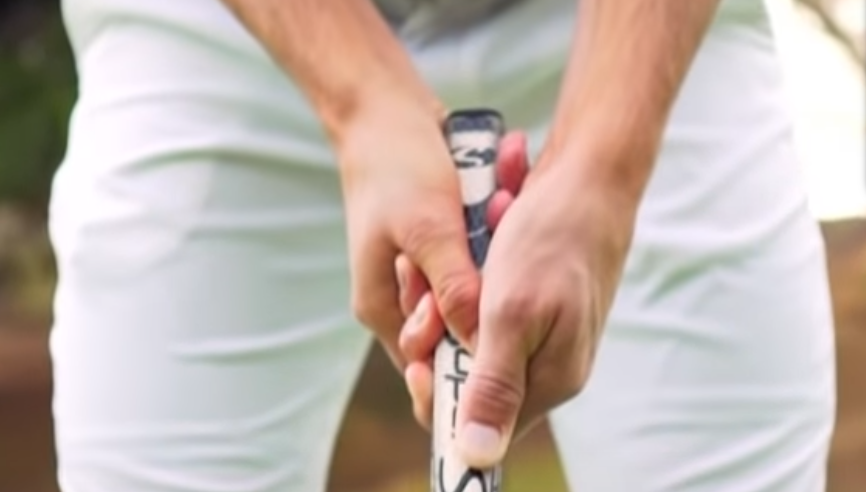
It’s Advantage
- It makes it harder for your left wrist (or lead wrist) to break down during your stroke
It’s reported that Arnold Palmer said the one thing he would have changed about his game is putting cross-handed vs. reverse overlap
Jack Nicklaus has been reported to have said that if he had to teach someone putting, he would start them out cross-handed.
There may have been PGA tour pros using the left-hand low putting stroke before Spieth, but I can’t name them. There are definitely more pros using this method now.
Left Hand
- Hold the putter with your left hand the exact same way you did with the reverse overlap, but place it further down the grip. You will need to make room for your right hand to hold the top of the putter grip towards the butt end.
Right Hand
- Place your right hand on the putter in the same way you did with the reverse overlap. The only difference is you won’t be placing it over your left thumb. You can lay your index finger over the fingers of your left hand or lay the last couple fingers of your left hand over your right index finger. Use whatever is most comfortable for you
You still want a straight line from each elbow and forearm down to the putter head and you still want to power the stroke with a gentle rocking of the shoulders.
What is the best putter grip?
Either putting grip applied diligently will work fine for you and you can certainly experiment with both, but…
I’m sticking with the reverse overlap.
- It’s the most natural.
- It transfers from other sports: baseball, hockey, cricket, etc. (as mentioned earlier)
- It also transfers nicely from your full swing grip with only minor adjustments
Do putter grips make a difference?
Yes, they do. Personal preference plays a large part, but your stroke will change depending on the size of your grip.
In general:
- Fat grips = harder to manipulate the putter with your fingers and you will have an easier time squaring the putter face for more consistent contact and results
- Thinner grips = Rest more in your fingers making it easier for you to twist or manipulate the face. This may lead to inconsistent contact and results
Thanks for reading my brief tutorial on how to grip your putter.
Again, learning how to grip a putter is easy to get right and easy to practice. So, you may as well do it. Don’t dismiss it because it’s simple. Good golfers don’t.

